4 Methods for Saving Crash Dump¶
4.1 Saving Crash Dump to FLASH¶
menuconfig Configuration
(Top) → RTOS → RT-Thread Components → Utilities → Enable save assert context in flash.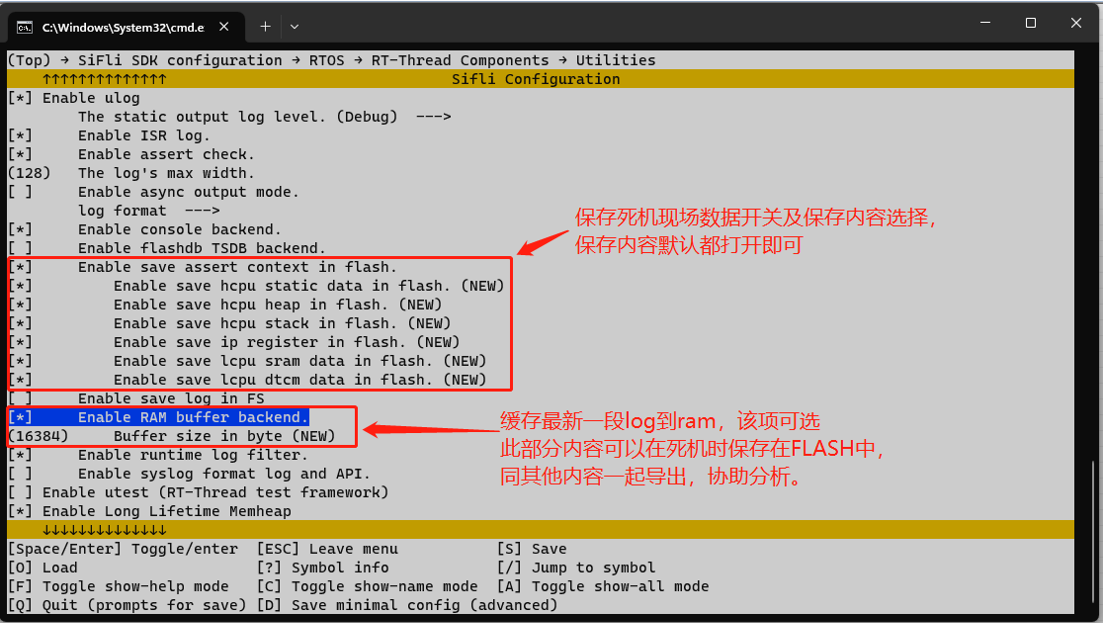
Space Allocation (File System)
Configure the space and partition for crash dump in the flash_map excel table. For file-based saving, you can directly specify SIZE/partition/subdirectory (for reference, the flash_map excel table is currently supported only by solution schemes). You can also create your own file storage.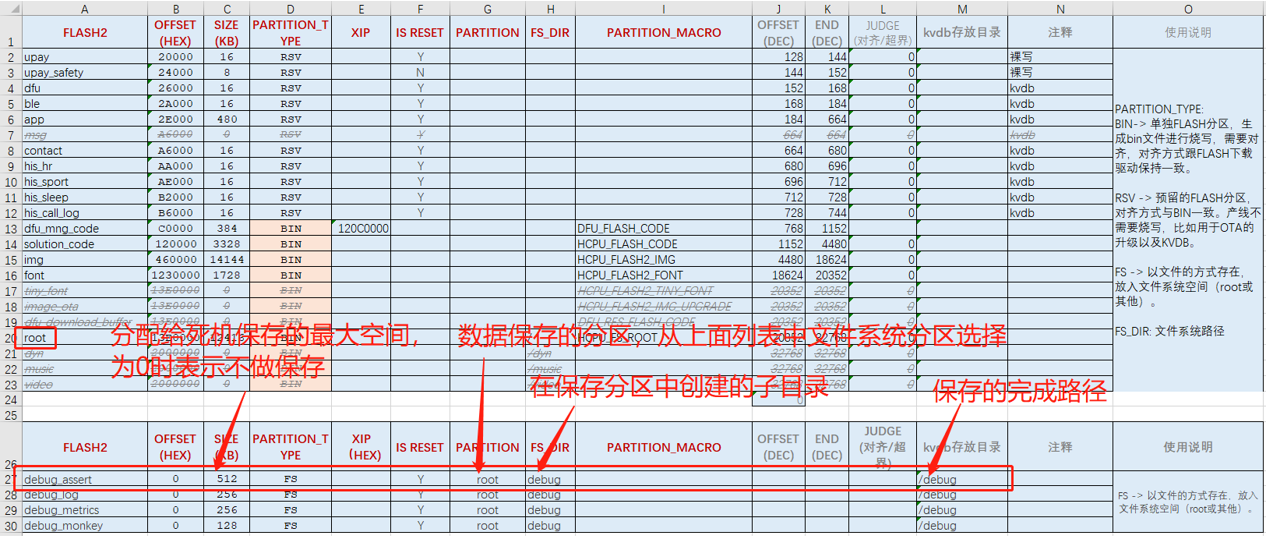
In the flash_map excel table, configure the space and partition for crash dump. You can use a shared buffer by specifying the partition name of the shared buffer in the partition field. The address/SIZE/partition type can be automatically obtained using the formula shown in the following image.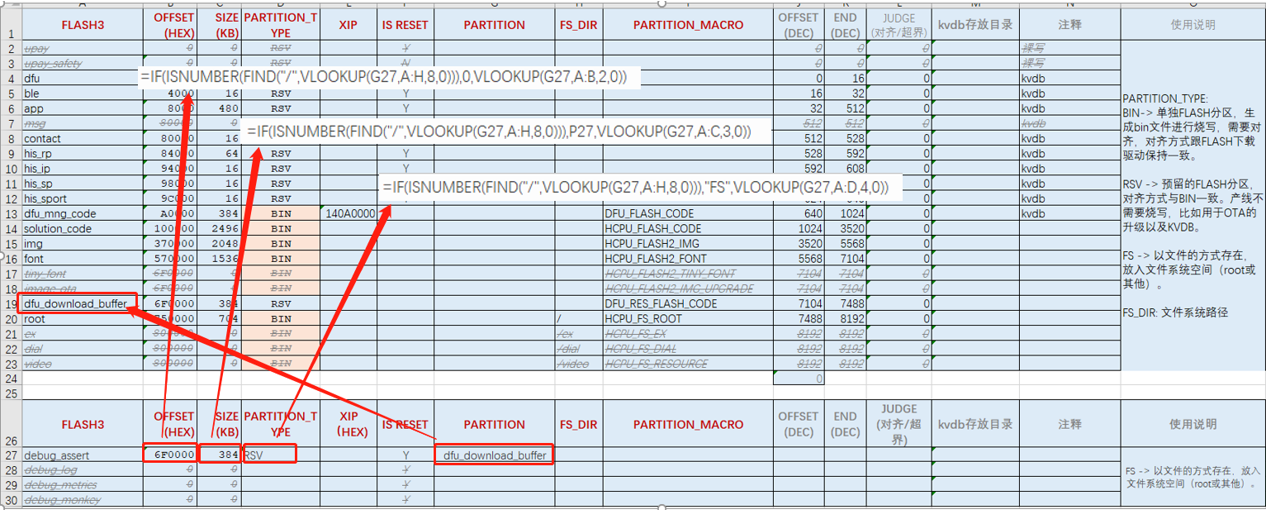
Data Export
After a terminal crash, the data will be saved to the configured location. After rebooting, you can export the data using theSiFli_BLEmobile app. The installation package (apk) and source code for the SiFli app can be downloaded from GitHub:
SiFli APP Demo Release
SiFli_OTA_APP Demo
The steps are as follows:

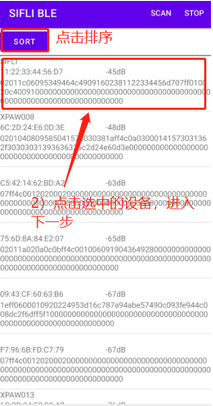
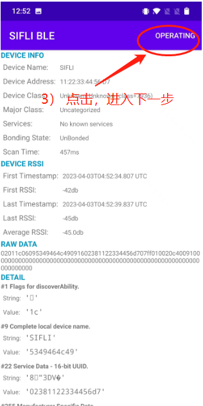
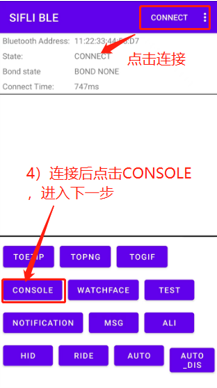

Data Parsing
Use the following tool to parse the exported file, and you can then analyze the crash dump using the trace32 tool.
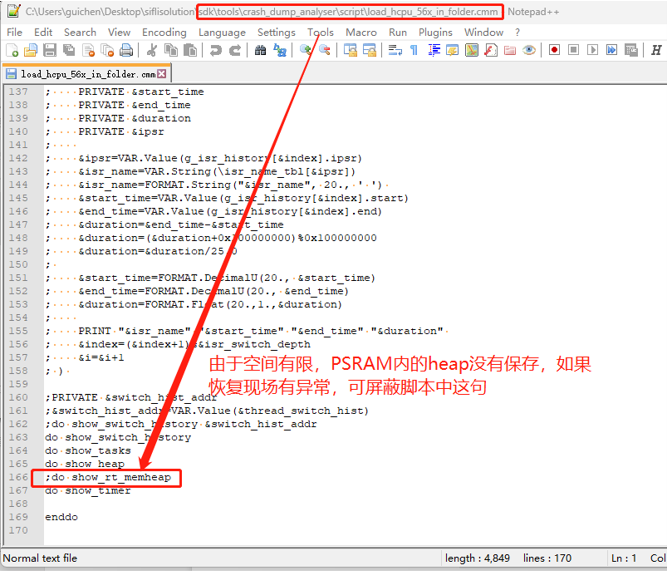
For analysis methods, refer to the section:
6.2 Using Trace32 to Restore Hcpu Crash Dump